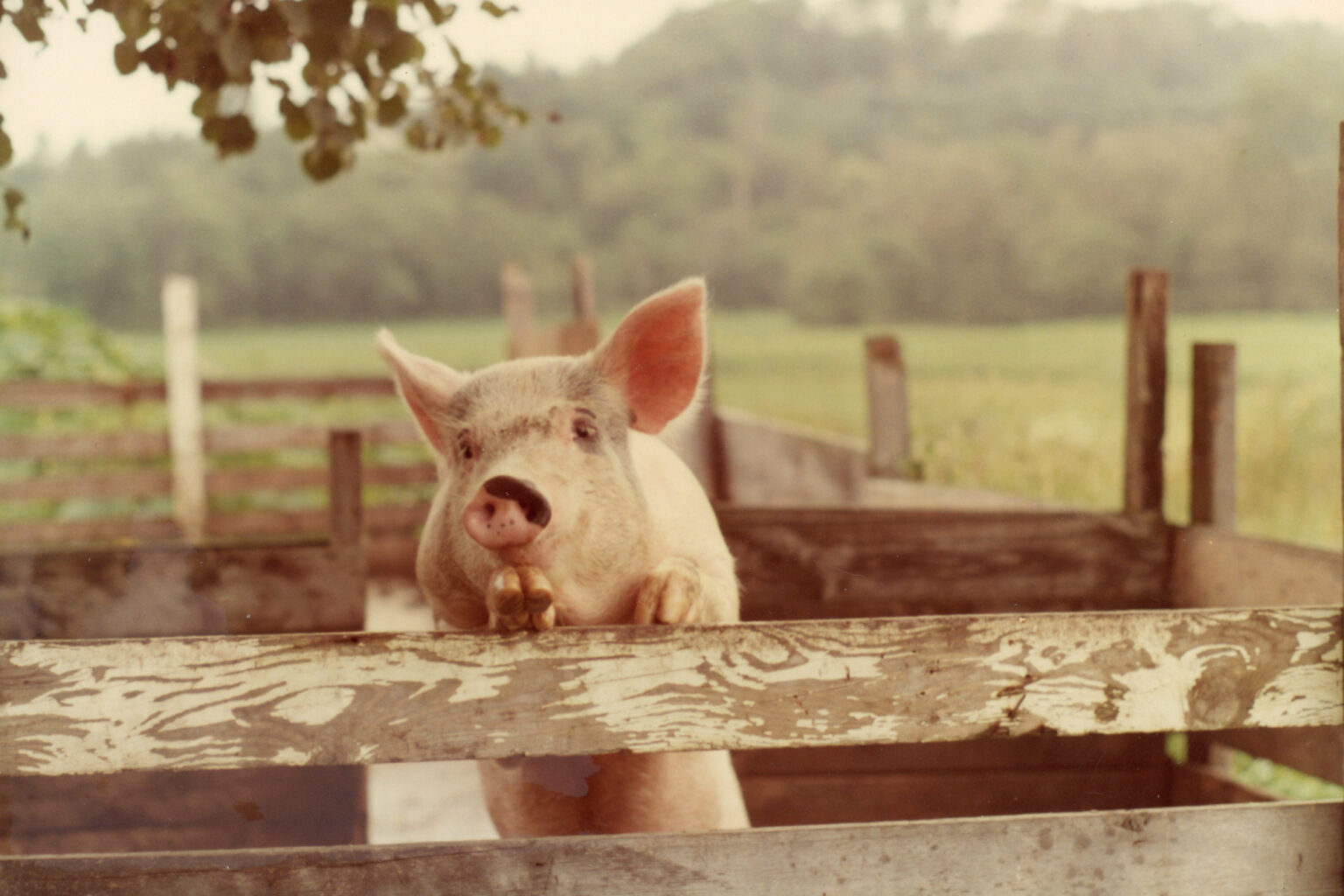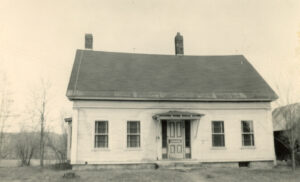History on the Land at NBNC

By Samantha Ford, Owner of Turn Stone Research
Editor’s Note: The timeline for this research begins 231 years ago, when the first deed was signed for the property. The human history on this land extends back many thousands of years, but Western Abenaki history was not within the scope of this project, nor within Sam’s area of expertise as an architectural historian. We hope to dive deeper into the long Indigenous presence on this land in the coming years, and will be seeking Indigenous experts to learn from and work with.
When you think of the North Branch Nature Center property, what comes to mind? Most likely something related to the river, meadow, or the rolling hillsides. If your first thought was of the farmhouse, we’re now best friends. As an architectural historian, I’ve always been drawn to the farmhouse. This building has been holding secrets in plain sight, waiting for the opportunity to share them. That opportunity arrived in the form of a Naturalist Journeys presentation, and I was thrilled to share my research with the community. I’ve found it’s up to the property to tell me what it wants to share, and I hoped the farmhouse would be willing to answer a few of my lingering questions.
As my research began, the prior owners and the farmhouse itself were jumping off the page at me, eager to share their stories. In 1792, Iram Nye from Falmouth, Mass. signed the deed containing the first written description of the property, which was then 100 acres. When Vermont towns were surveyed, a grid of numbered boxes was traced on a map without accounting for landscape features. When Nye signed the deed for “Lot 53,” he had not seen the land, only the survey description. The deed references the river, maple trees, “hacmatac” trees, and hemlocks. “Hacmatac” is not the Tamarack you might be thinking of, but a forgotten 18th century name for Balsam Poplar, a tree still found at NBNC. Nye’s “Lot 53” was quality land with ample access to water and a woodland with important tree species.
Montpelier in the 1790s was the frontier, having just been chartered in 1781. Iram, his wife Eleanor, and their seven children made the journey over a series of trails, with some bushwhacking, bringing what they could carry. Four years later they were established enough to welcome their eighth child, Benjamin, in 1796. In February 1802, Iram fell ill and filed a deed to give the farm to his two oldest sons, Ellis and Iram Jr. The deed intended to transfer ownership to his sons, but it also included the kind of instructions for estate management that you usually find in a will.
The deed tied their familial responsibilities to the land itself. If the brothers succeeded, they acquired the land. If they failed, the land transferred to Eleanor, who could choose her next steps. In filing this type of deed, Iram Sr. was demonstrating an unusually high level of education for an average-means family. He also entrusted Eleanor with the future care of the land if their sons were unable. Education was clearly important to Iram Sr, who stipulated his three youngest sons receive “a decent common education, and have them taught some trade and profession suitable to get a living by.”
This deed is the first to reference buildings, including a farmhouse, where Eleanor was given the right to continue living with her needs cared for. Her sons were even required to provide her with “a sufficiency of firewood delivered at the door fit for firing.” In short, pre-cut. When their younger sister married, Iram wrote, “pay to her ten
dollars and provide for her household furniture equal to what her sisters have received.” Four months after the deed was filed, Iram Nye Sr. died and was buried in the Elm Street Cemetery.
In 1807 the brothers fulfilled the requirements, and Ellis transferred his half of the land to Iram Jr. Eleanor continued to live on the farm with Iram Jr. and his family until her death in 1826. Iram Jr. and his wife Orris raised 11 children (including two sets of twins!) on the farm and lived there for the next three decades. In 1844, Iram Jr. sold the farm and the family joined his youngest brother Benjamin on the new frontier in Montpelier, Iowa.
 Importantly for those of us drawn to the NBNC farmhouse, the deed from that 1844 sale references a new farmhouse — the very one that houses NBNC today. Architectural details help to date the current farmhouse to the popular Greek Revival style in the 1830s. The first farmhouse referenced in the 1802 deed was likely rebuilt in the 1830s, reusing some of the original materials. You can see some of those materials today, including handhewn beams in the kitchen and library that predate the 1830s. Timbers in the basement have some charring, but the floorboards they’re connected to have 1830s sash saw marks, suggesting that a fire might have been the catalyst for the Nyes to rebuild their house.
Importantly for those of us drawn to the NBNC farmhouse, the deed from that 1844 sale references a new farmhouse — the very one that houses NBNC today. Architectural details help to date the current farmhouse to the popular Greek Revival style in the 1830s. The first farmhouse referenced in the 1802 deed was likely rebuilt in the 1830s, reusing some of the original materials. You can see some of those materials today, including handhewn beams in the kitchen and library that predate the 1830s. Timbers in the basement have some charring, but the floorboards they’re connected to have 1830s sash saw marks, suggesting that a fire might have been the catalyst for the Nyes to rebuild their house.
This story will be continued in future posts, featuring another family that lived in this farmhouse in the past! If you can’t wait for the next installment, visit our Presentations page to watch my full Naturalist Journeys presentation.

